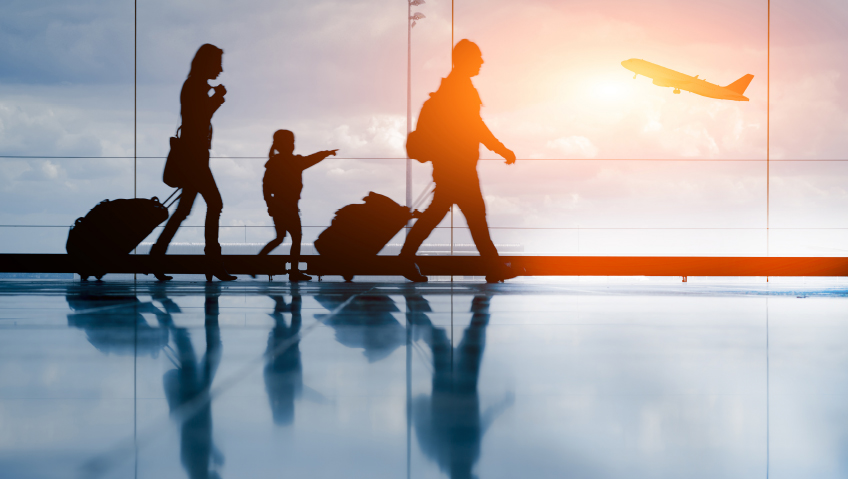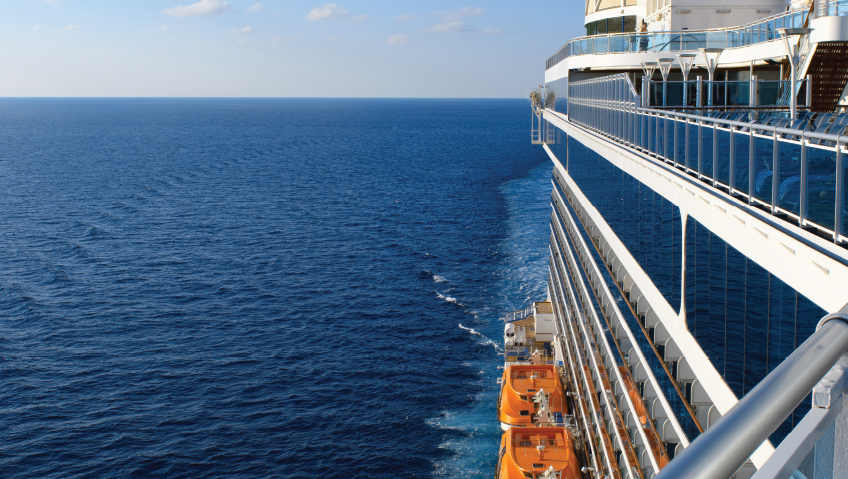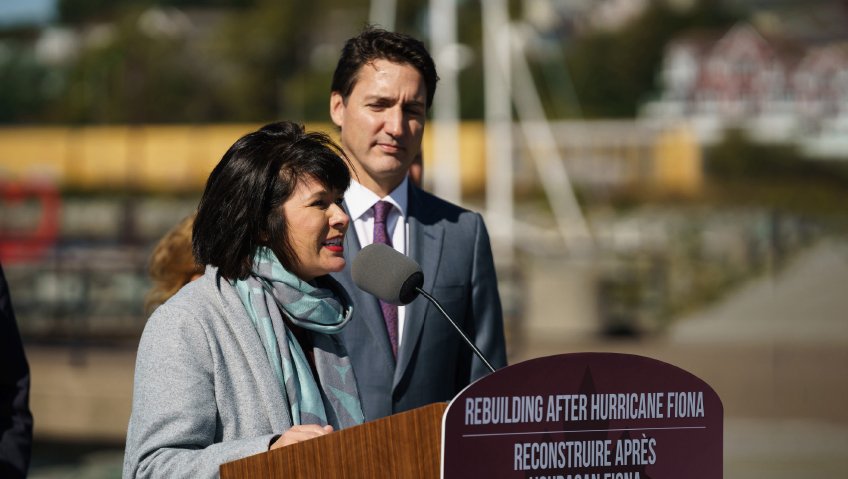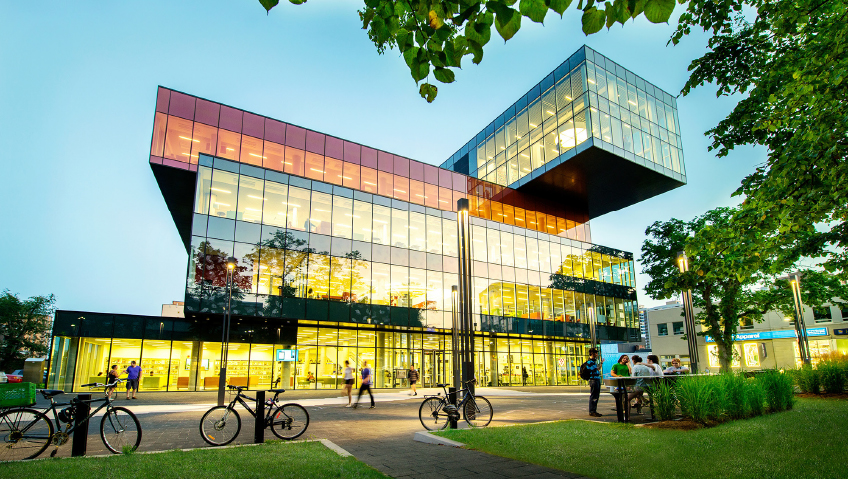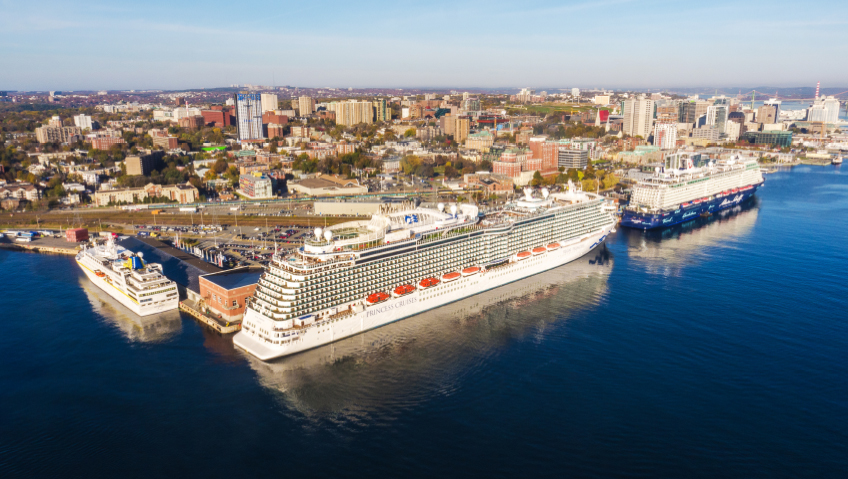When suspected cases of pneumonia were first reported in Wuhan City, in the Hubei Province of China on December 31, 2019, it was a New Year’s Eve surprise no one anticipated.
At first, other than some scientists, few paid attention to the mystery outbreak, believed to originate in a so-called ‘wet market’ selling seafood and poultry in the central China city.
It was hardly the first time a distinct flu had emerged from China, with the SARS outbreak of 2002-2004 still in the mind of many, followed by H5N1—better known as the ‘bird flu—in 2008, and H7N3 in 2013. And although these viruses of the past soon spread to other countries, the mortalities they caused were relatively few—in the thousands. That was all to change with COVID-19.
When word of this new viral infection, dubbed Coronavirus, trickled into news feeds in early January 2020, many shrugged it off as “another SARS,” or dismissed it entirely. Some posted memes of Corona beer bottles in surgical masks, or there was Pennywise, the creepy sewer-dwelling clown from It, saying “I got hand sanitizer down here.”
In the weeks to come, the jokes became fewer as the media revealed the enormity of the emerging virus. Instances of the strange flu grew from the single digits to thousands until breaking over 118,000 cases in more than 110 countries and territories worldwide.
The Earth stood still
To say life changed as we know it on March 11, 2020, is an understatement. That day, the World Health Organization (WHO) declared Coronavirus a pandemic, and many of the habits and daily activities we took for granted stopped or just disappeared.
Going to the grocery store became an ordeal, as masked, frustrated shoppers faced long line-ups, only to find shelves empty of basic items like milk, eggs, meat, and toilet paper. Visiting friends and family was a challenge, with many divided over how “real” the spread really was.
Employers emptied workplaces, instructing us to stay home to stop the spread of the virus now known as COVID-19, and the term “essential worker” entered our vernacular. Planes, trains, buses, and boats came to a standstill. In-person events, such as conferences, workshops, and weddings, were limited, postponed, or cancelled.
The numbers of those attending church or funeral services and burials were limited by order, as the world went virtual, live-streaming religious ceremonies. And for restaurants, hotels, and event venues, catastrophe struck as empty downtowns and stay-at-home orders dealt disaster to the hospitality industry.
“This is not just a public health crisis, it is a crisis that will touch every sector,” said the WHO’s director-general Dr. Tedros Adhanom Ghebreyesus during a media briefing. “So every sector and every individual must be involved in the fight.”
Beaten, bruised, but not out
Fast approaching Year Four since the initial reports of a strange flu in Wuhan, businesses of all types remain affected by the closures, especially anything connected to travel and tourism, from air transportation to hotels, and restaurants to suppliers.
Initially, many complied with lockdown measures and COVID-19-related restrictions, from social distancing to contactless food delivery, to random testing at airports, quarantining and periods of isolation for travelers, proof of full vaccination, apps such as ArriveCAN, sanitizing high-contact surfaces like reception desks and elevator buttons, and countless other measures.
Hospitality isn’t big business—it is enormous.
In 2019, before the shadow of COVID, the global travel and tourism sector contributed a staggering $8.9 trillion to GDP worldwide. According to data from the U.S.-based Electronic System for Travel Authorization (ETSA), travel and tourism was the industry most negatively affected by the pandemic, with trip cancellations, demands for refunds, different restrictions by country, and border closures.
To date, the country sustaining the biggest tourism revenue loss through COVID for the first 10 months of 2020 was the United States ($147,245 million), followed by Spain ($46,707 million), France ($42,036 million), Thailand ($37,504 million) and Germany ($34,641 million).
In terms of the highest COVID-related GDP losses, popular fun and sun destinations, which often depend almost entirely on tourists, were most affected. Macao tops the list at a whopping 43.1 percent, followed by Aruba (38.1 percent), Turks and Caicos Islands (37.8 percent), Antigua and Barbuda (33.6 percent), and the Maldives, at 31.1 percent.
Post-pandemic recovery
Earlier this year, the U.S. Travel Association delivered its State of the Travel Industry 2022: Setting the Stage for the Future of Travel.
Then-President and CEO Roger Dow underscored the importance of the industry, and the opportunities that lay ahead. Citing the resilience of the men and women working in travel, Dow said: “The past two years tested our industry as never before. But we are recovering and building back to growth. Together, we are moving beyond the pandemic with our eyes on the future.” He added that “the domestic leisure travel segment has largely recovered,” due mainly to the deployment of COVID vaccines.
Worldwide, people are itching to get back to normal and start traveling again. Recent studies show over 80 percent of Americans are planning vacations in the next six months. And although the worst of the pandemic is, hopefully, in the past, Dow predicted that “domestic business travel and international inbound travel will not fully recover until 2024.”
One of the key areas to address is hiring. As seen in Canada, with the disastrous shortage of baggage handlers at major airports, not having enough bodies to fill important roles remains an issue. Just as with the restaurant industry, many workers were laid off or quit during the worst months of the pandemic, sought employment elsewhere, or changed careers entirely.
There are millions of positions available, with an estimated 1.7 million in leisure and hospitality alone, but many workers who were handed pink slips during the early days of the pandemic aren’t rushing back. Filling these jobs is vital not only for travel and tourism but for the global economy.
Far from being a North American issue, worker shortages are being felt worldwide. After over two years of tight border restrictions on general tourism, Japan reinstated visa-free travel. While the move is undoubtedly a good one for the tourism sector and worker morale, staffing shortages are at an all-time high, with 73 percent of hotels saying there simply aren’t enough people.
Travel and tourism, open for business
As the world keeps its fingers crossed that there won’t be any more waves of COVID requiring forced shutdowns, travel, tourism, and hospitality businesses keep working toward recovery.
Travelers are indeed coming back in full force, as evidenced at airports during recent major holidays like Thanksgiving in Canada, as the controversial ArriveCAN app—which cost taxpayers $54 million CDN—becomes a thing of the past. And with mask mandates being removed, expect fewer delays because of belligerent passengers being forced to “mask up” on airplanes and trains.
From “unprecedented times” to “flattening the curve,” many phrases were born from COVID. The most recent: Revenge Travel. After months of restrictions and lockdowns, the term emerged last year and takes post-pandemic travel to another level. According to the Pop Culture Dictionary, the term is a slang expression for leisure travel following the inability to vacation during COVID.
Specifically, the term referred to vacationing following the lessening of COVID-19 restrictions, which had greatly reduced travel. “This trend has been explained, particularly by travel marketers and in media reports, as being the result of revenge travel—people taking ‘revenge’ on COVID-19 by taking the trips that the pandemic prevented them from taking earlier.”
“Revenge” is right. For many, going out is a part of life. We are not getting even with each other, or the travel and tourism industry, but the deadly virus that kept many of us trapped for almost three years.
A recent McKinsey survey of Americans says that the most desired activities are dining out, followed by traveling. Once again, car rentals and hotel bookings are on the rise, and close to pre-pandemic levels in many countries. And the travel and tourism industry—from airlines to major hotels, and quaint bed and breakfasts to tiny restaurants in out-of-the-way villages—are grateful for the return to normal.

